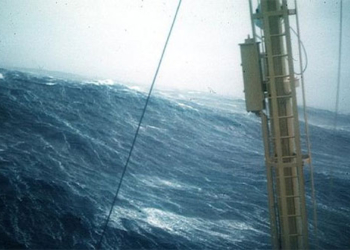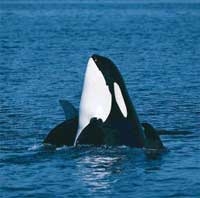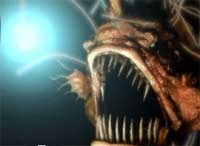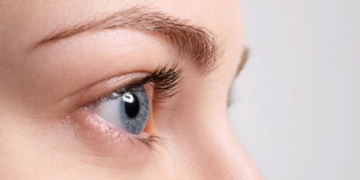A new deep-sea shark species with bright white eyes has finally been identified, decades after a pregnant female was first collected off the coast of Western Australia.
The “ghost” shark was initially misclassified and only recognized as a new species after scientists revisited its unusual egg cases, which had been stored in a museum for many years.
The newly discovered species has shiny white pupils, a rarity for a deep-sea dwelling species.
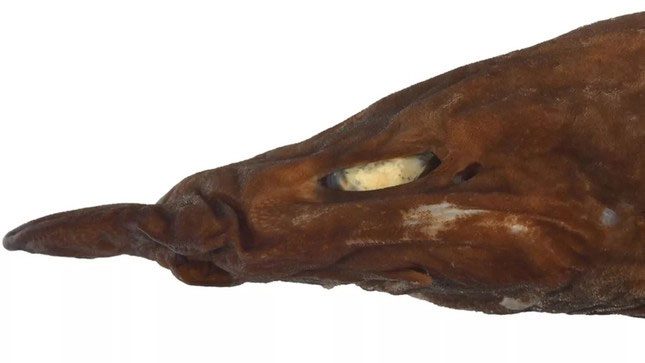
Close-up of Apristurus ovicorrugatus showing the shark’s face with white eyes.
The newly identified species, described in a recent study in the Journal of Fish Biology, has been named Apristurus ovicorrugatus. The name derives from Latin, where “ovi” means egg and “corrugatus” means wrinkled, reflecting the unique wrinkled egg cases that led to the discovery of this species.
Along with its unique egg cases, A. ovicorrugatus also possesses unusually bright white eyes.
Apristurus is a genus of catsharks, commonly referred to as ghost or dogfish sharks. It is one of the most diverse genera of sharks in the world, with about 40 known species.
While the majority of shark species give live birth, the remainder are oviparous, laying eggs. The egg cases—also known as mermaid’s purses—often feature long tendrils that allow them to attach to seaweed or rocks.
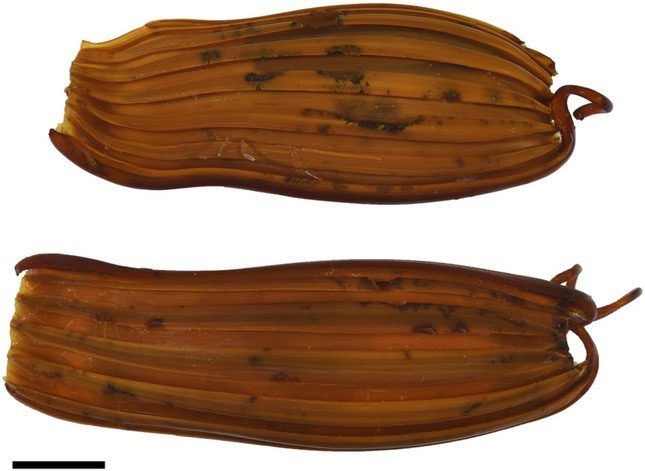
Close-up of the egg case of the shark Apristurus ovicorrugatus.
In 2011, researchers encountered an extraordinarily peculiar egg case containing a shark embryo. It was clear that the shark belonged to the genus Apristurus, but the egg case did not match any known species.
For over a decade, the egg case remained a mystery until scientists discovered two more in the National Fish Collection of Australia, under the auspices of CSIRO.
Researcher White stated: “The egg cases possess very distinct longitudinal ridges on their surfaces shaped like a T in cross-section. Only one other species in the world has been found with egg cases of such shape, and it belongs to a completely different genus.”
“The female was carrying a unique egg case—and it matched the one we found a decade ago. Fortunately, the female specimen we found contained an egg case with identical grooves, confirming our suspicions,” White added.
Researchers noted that the discovery of A. ovicorrugatus underscores the importance of egg case morphology in species identification. In Australia, the public is encouraged to upload images of egg cases to a global database, allowing scientists to gain better insights into the breeding grounds of oviparous sharks. The egg cases of A. ovicorrugatus were found attached to coral, suggesting that this species may rely on these organisms for reproduction.
In the future, White and colleagues will scour museum collections for more new species to see what other misidentified or overlooked specimens exist.








































